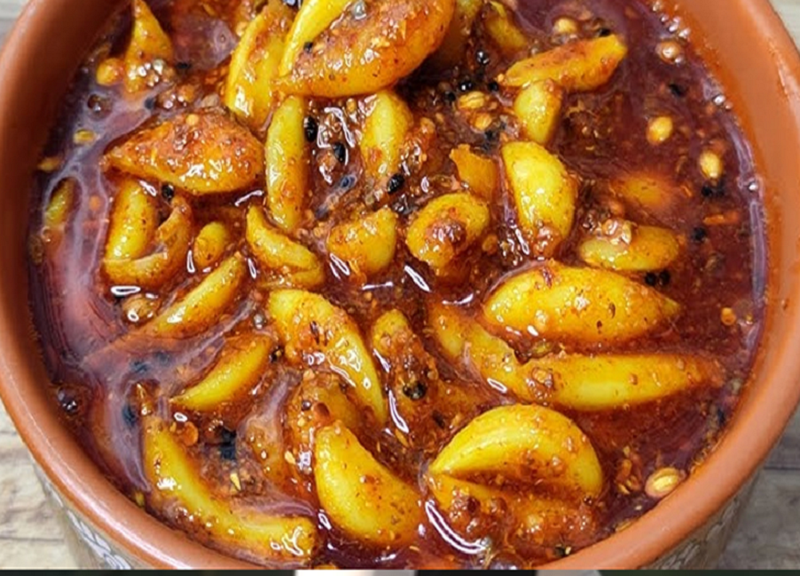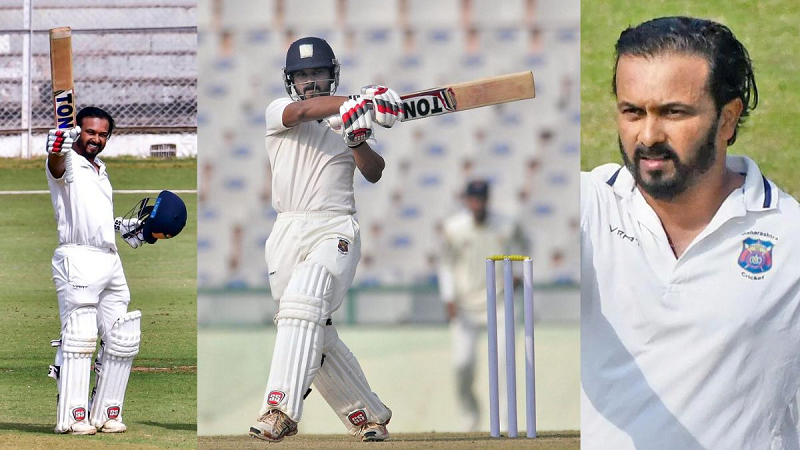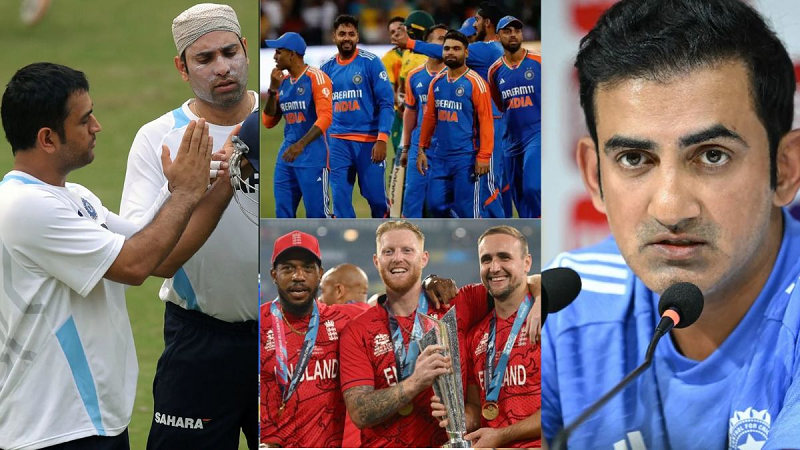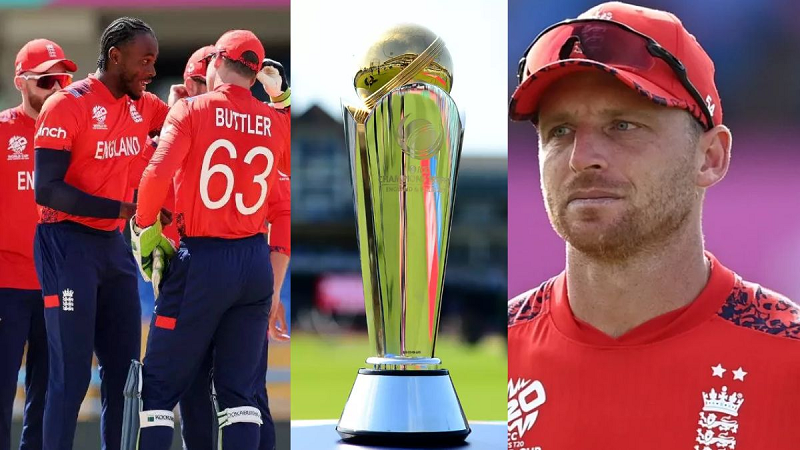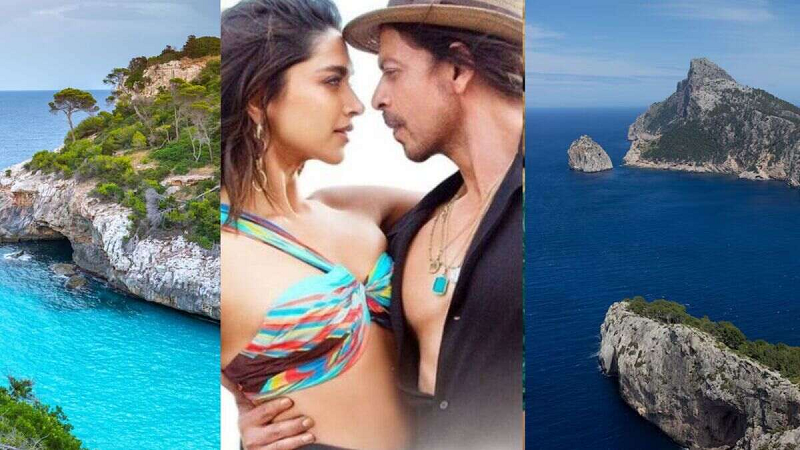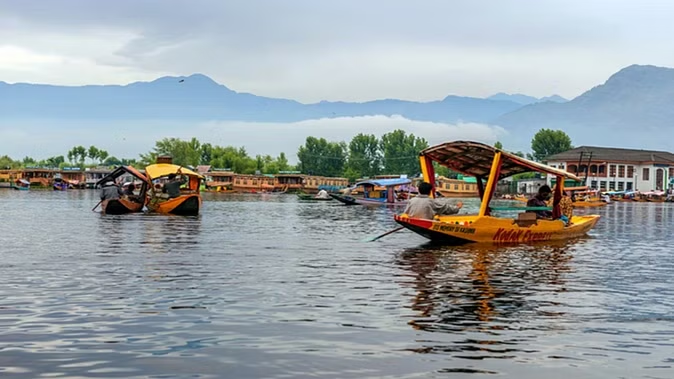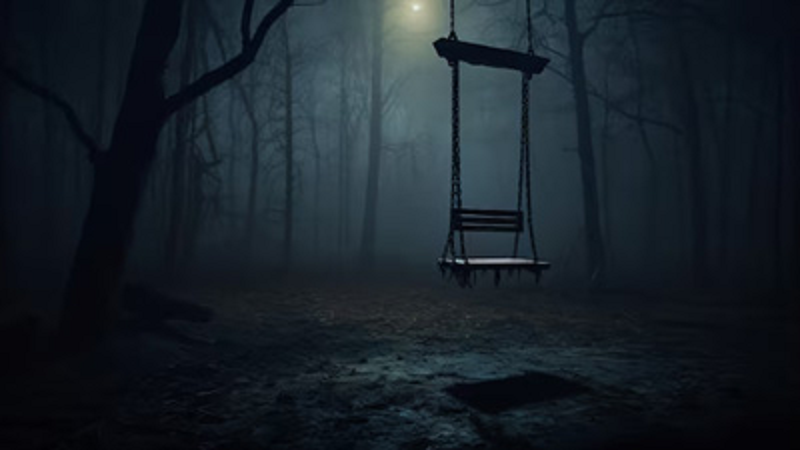The winter season is going on and people are planning to travel in the upcoming holidays. In such a situation, people choose the place where to go. One of the best options is Rajasthan's historical fort Chittorgarh Fort which is known for tourism. Chittorgarh Fort ranks first among the largest forts in India. Due to its history and architecture, Chittorgarh Fort ranks very high. Given its magnificent artwork, it was named a UNESCO World Heritage Site in the year 2013. Today in this episode we are going to tell you about the history, architecture, sightseeing places, and other important information of Chittorgarh Fort.
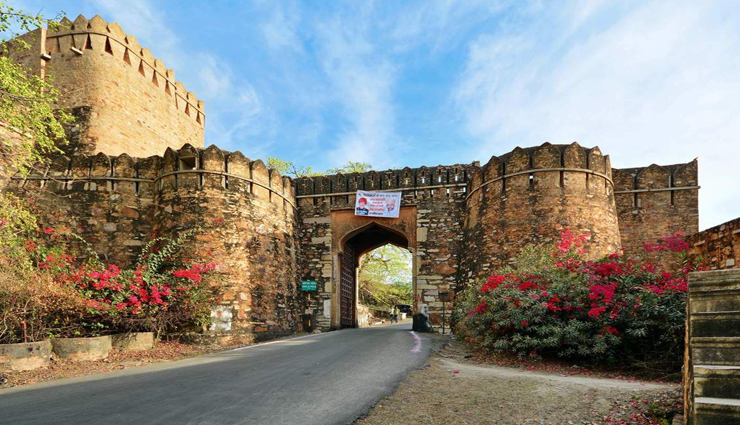
History of Chittorgarh Fort
Chittorgarh Fort was built by the Maurya rulers in the 7th century. After the Maurya rulers, other rulers played their role in the construction of the entrance gates of Chittorgarh Fort. There are many stories behind the history of Chittorgarh Fort, one of which is that the name of Chittorgarh Fort comes from the builder Chitrang, who was the ruler of the local tribe and called himself Maurya. Another story related to Chittorgarh Fort is that the credit for its construction mainly goes to Bhima because he struck the ground and Bhimtal Kund was formed from it.
This fort was captured three times in the 15th and 16th centuries, in which Rana Ratan Singh was defeated by Alauddin Khilji in 1303 AD, Bahadur Shah defeated Vikramjit Singh in 1535 AD and Maharana Udai Singh II was defeated by Akbar in 1567 AD. Despite the heroic courage of the Rajputana dynasty, they were defeated, due to which more than 13,000 women and children of soldiers committed mass suicide. This self-immolation was led by Rana Ratan Singh's wife i.e. Rani Padmini. Therefore, the story of the sacrifice of the Rajputs is also included in the construction of Chittorgarh Fort.
Architecture of Chittorgarh Fort
The architecture of this fort is very magnificent and attracts the tourists coming here. Let us tell you that this fort is built on a hill at a height of 590 feet. It is located on about 700 acres of land. The circumference of this fort is 1300 kilometers. There are many main gates to enter this fort, which mainly include Hanuman Pol, Jorla Pol, Bhairon Pol, Peddle Pol, and Laxman Pol, as well as the last gate and the main gate. It is near the Ganbheri river of Rajasthan.
Apart from this, the number of main temples in this fort is 19 and the number of palace complexes is 4. Not only this, 4 memorials and 20 functional water bodies have also been established here. Apart from Vijay Stambh Memorial and Kumbh Shyam Temple in Chittorgarh Fort, Mirabai Temple, and Shringar Chauri Temple are also very attractive. While looking at the construction styles of Chittorgarh Fort, it is visible that it was built in two phases because a mixture of two types of styles can be seen in it. These styles include the Rajputana style and the Sisodiya style. Ratan Singh Palace as well as Fateh Prakash have been included in Chittorgarh Fort.
Vijay Stambh of Chittorgarh Fort
The Vijay Stambh is a very famous and important sightseeing place in this fort. It is also known as Jaya Stambh. It is a symbol of Rana Kumbha's victory over Khilji. This 37.2 meter-high Vijay Stambh was built in 10 years, and is spread over 47 square feet of land. To reach this level, there is a winding staircase of up to nine floors. It ends in a dome. By climbing on it, a very beautiful view of Chittor is seen.
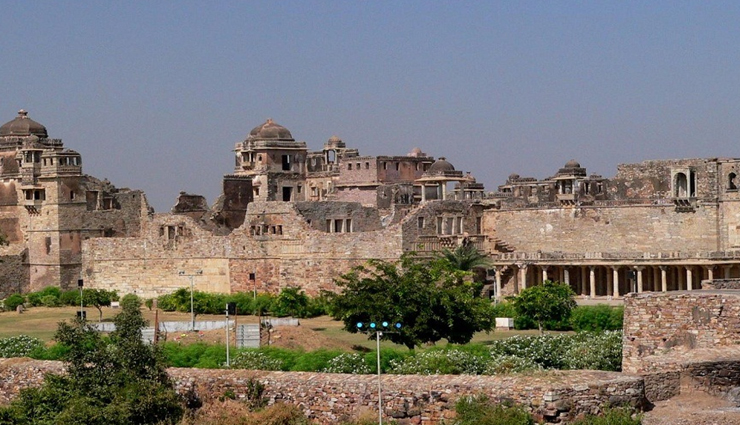
Kirti Stambh of Chittorgarh Fort
The Kirti Stambh of the fort is located in the Tower of Fame complex. The 22-meter-high Kirti Stambh was built by Bagherwal Jain businessman Jijaji Rathore. This pillar was built in dedication to Jain Tirthankara Adinath and it is also decorated with Jain statues on the outside.
Rana Kumbh Mahal in Chittorgarh Fort
Rana Kumbh Mahal is located at the entrance of Vijay Stambh in the fort. It was in Rana Kumbha Mahal where Rani Padmini and many other women had committed mass self-immolation. It is one of the oldest monuments of Chittorgarh.
Rani Padmini Palace in Chittorgarh Fort
Rani Padmini Palace is a very tall three-story building that was rebuilt in the 19th century. It is located to the south of Chittorgarh Fort. It is said that Rani Padmini had permitted Alauddin Khilji to visit this place.
The best time for tourists to visit Chittorgarh Fort
The architecture of this fort is so excellent and the craftsmanship is so superb that it takes no time for people to get attracted to it. If tourists come to visit Chittorgarh Fort for tourism purposes, then the best time for them is between October to March. The best time under this is the evening when there is not much sunlight and the number of people is also less here.
Traveling to Chittorgarh by air
If you choose to travel by air to Chittorgarh, then Dabok Airport in Udaipur is the nearest airport. It is located at a distance of only 70 km from Chittorgarh. After this, taxis or cabs are available from the airport to the fort or hotel.
Traveling to Chittorgarh by road
To reach Chittorgarh Fort, road facilities are available in cities like Jodhpur, Jaipur, or Udaipur in Rajasthan. The distance from Delhi to Chittorgarh is 566 km. 10 hours are sufficient for this. If you want to reach Chittorgarh from Ahmedabad, then the journey is completed in 7 hours.
Traveling to Chittorgarh by rail
The main railway station of Chittorgarh is Chittorgarh Junction. Chittorgarh Junction, located on the broad gauge line, is one of the major railway junctions in southern Rajasthan. After landing at Chittorgarh Junction, cabs or taxis are available through which you can easily visit Chittorgarh Fort.
(PC: Lifeberrys)


